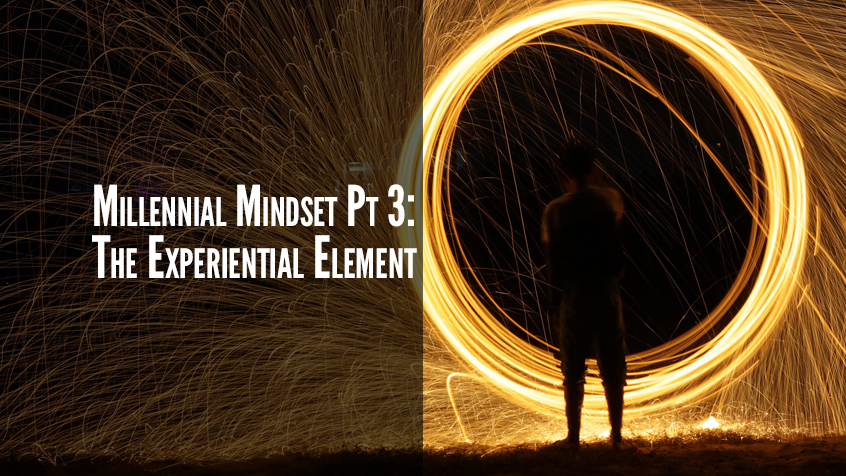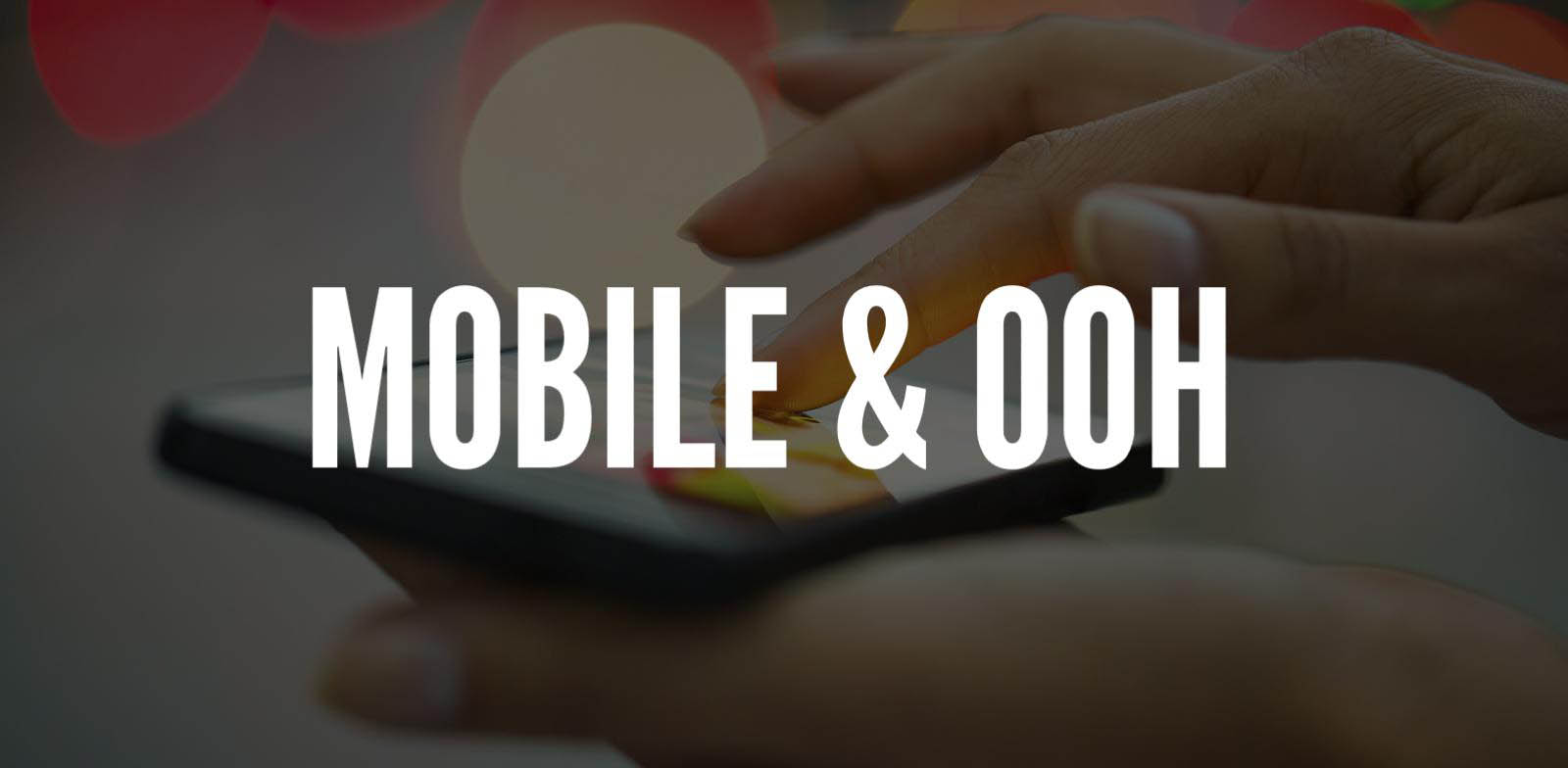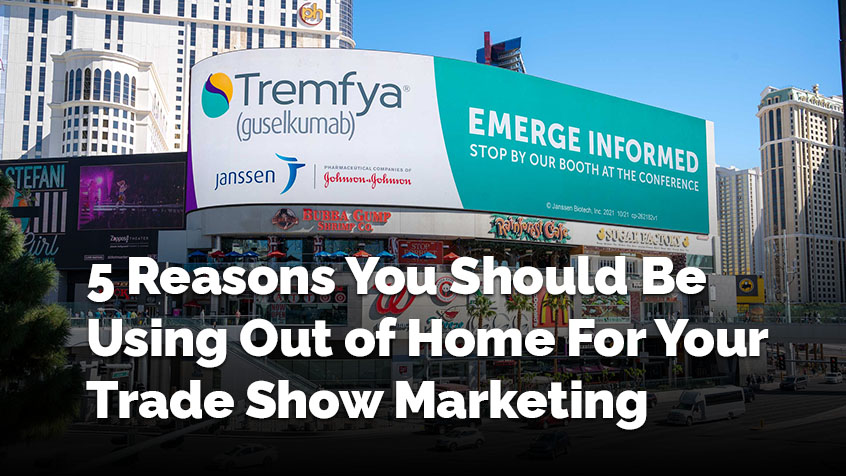Why You Should Use Experiential Marketing to Reach Millennials
What if I told you the best form of advertising to reach millennials isn’t really “advertising” at all? – at least not in the traditional sense. Our lives are centered around relationships and while marketers seem to think those relationships are all online, most of us would still prefer face to face experiences.
In my last article, we talked briefly about how experiential advertising is incredibly effective in campaigns targeting millennials. In this article, we’ll talk about why it’s absolutely necessary.
Before we start, let’s make sure we’re talking about the same thing – experiential marketing is NOT a person standing on the corner shoving flyers at people as they walk by. Experiential marketing does include brand ambassadors, and probably includes some promo items, samples, or handouts. However, it’s also much more than that. Just like the name says, experiential marketing must have an experience. That can be as simple as a branded food truck handing out treats, or as complicated as a fully customized-tour vehicle equipped with a Virtual Reality experience.
Experiential marketing is personal and interactive. Its effectiveness cannot be interrupted or lost by mass media and fragmented information. However, this may be easier said than done. You have to be strategic about where you have the event. Where do millennials go; where do they not go? According to a Nielsen study, 62% of millennials indicated they prefer to live in cities rather than in the suburbs. This percentage is more than any other generation yet. “As a result, for the first time since the 1920s, growth in U.S. cities outpaces growth outside of them.” With that being said, it’s all about location, location, location. I cannot emphasize that enough.
So how do you get millennials to stop and take part? There are two things that your campaign must have – something unique, and something we want.
First, we want big and exciting experiences, something we can engage with, post on social media, and tell our friends about. We want something unique that we’ve never seen or done before. These experiences also should be honest – they have to relate to your brand in a meaningful way. In part 2 of this Millennial series, I talked about how brands should connect with a cause. Experiential marketing is a perfect platform for your brand to feature that cause. Allow us to help, learn more, or make a difference. If you incorporate experiential into your campaign, you’re well on your way to having an incredibly impactful and successful campaign.
The second part is something we want – to get us into a relationship it must be a two-way street. There needs to be some kind of incentive. Food might be a good way to get us to stop (brownies will always work for me), but to get us to really engage requires something of value. Now, let’s think if someone was handing out something as simple as a branded-portable charger. As we know, our phones always have to be charged to make sure we never miss that perfect photo or snap chat opportunity. Branded pens and mugs aren’t cutting it any more, folks.
Experiential Creates Shareable Moments
Over 85% of millennials own a smartphone. Therefore, to put it simply, not incorporating social media into your event is straight up !*$#^$. When brands think of social media, they immediately think “hashtag.” But let’s be honest, that’s so 2012. What else can you do with a hashtag other than just track the success once a campaign has come to an end? Keeping along the lines of an experience, how about, “if you use the hashtag and share the Facebook post, you will be entered in to win a FREE trip to Europe.” Yes, this is extreme but you get what I’m trying to convey. We want memories, not things we’ll throw out or eventually throw in some drawer and forget about.
Not only does this unique experience help build brand trust and loyalty, a 2017 study showed that 81% of millennials have shared a photo on social media after taking part in a branded event (Splash: Millennial Study 2017). This is a FREE, easy, incredibly effective and NECESSARY bonus needed in your experiential campaign. Next thing you know, your experiential advertising turns your audience into your promoters.
According to A Practical Guide to Interactive Brand Experiences by S. Smilansky, a little more than 25 people will hear about an experience through word of mouth by a millennial who has a positive experience at an event. Each one of those 25 people are likely to tell 1.5 other people. This meaning, if just 1 person participates and engages in an experiential campaign, with word of mouth and social sharing, this one millennial has now shared your brand with hundreds of others.
So, what is the key to get your audience to share on their social media outlets? Of course, anyone would post to be entered in to win a free trip to Europe, but what if that’s not in the budget? No big deal. The key with any experiential campaign, “is to ensure there is value for your customer and a link to your brand” (Vitamin Talent). The more millennials can relate to your brand, the more likely they are to talk to their friends about it and post on their social accounts.
An Entry Point to Your Digital Marketing Ecosystem
The last crucial aspect you should incorporate into your experiential campaign is focusing on how it can connect to your digital marketing efforts. Integrating different marketing channels is becoming key for marketers, and experiential is a great way to connect people to your digital.
The first and most direct way is to get people to give you their email address. Since you’re involved in a personal conversation, you can straight up ask your audience to sign up with their emails to get an incentive. Personally, I would sign up if the incentive was receiving free pants from Lululemon. Who wouldn’t want free Lulu pants? However, not everyone is like me and not all incentives are that enticing. This may be the most beneficial way to get your audience into your digital ecosystem. Yet, this is also the hardest because, again, not everyone wants to give out their email so easily.
The second way is by geofencing your event. Now I may not be your go-to person for all your techy questions, but I do understand the basics and why you should not forget about this. If you’re unfamiliar with what geofencing is, to put it simply, it creates a virtual geographic boundary that you can use to target cell phones within that area. To all my non-techy friends out there, think geotags on Snapchat. The Center City geotags are not going to show up when you venture over to Northern Liberties and vice versa; this is geofencing.
While it might be a bit more complex, creating a geofence boundary provides your brand a whole new type of advertising. So now you may be asking yourself, “okay, so what’s so great about this geofencing thing?” Let me quickly tell you, without boring you too much: this boundary allows your brand to capture those mobile phones, and target your audience with mobile ads, paid social, paid search, display ads and retargeting. Basically, each form of this type of advertising tracks what you’re looking at on your mobile devices and aims these pop-up messages on your favorite apps, google search, websites, etc. For marketers out there, this is a great strategy to incorporate into your experiential campaign for those extra impressions.
The Missing Piece to Your Campaign
Long story short, I’m not here to tell you experiential advertising is the only type of advertising you should use in your brand’s campaign. In fact, I’m not saying that at all. You should keep that bulletin up on I-95, you should keep buying those transit shelters in Center City, you should keep your wrapped buses looping around the streets of Philadelphia, but when it comes to that missing piece in your campaigns targeting millennials, experiential is it.





